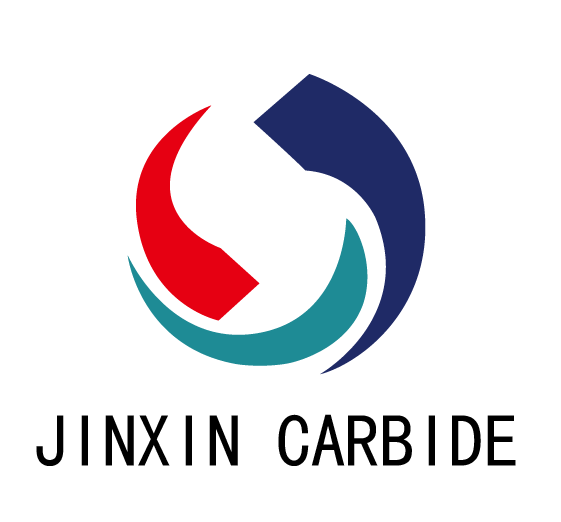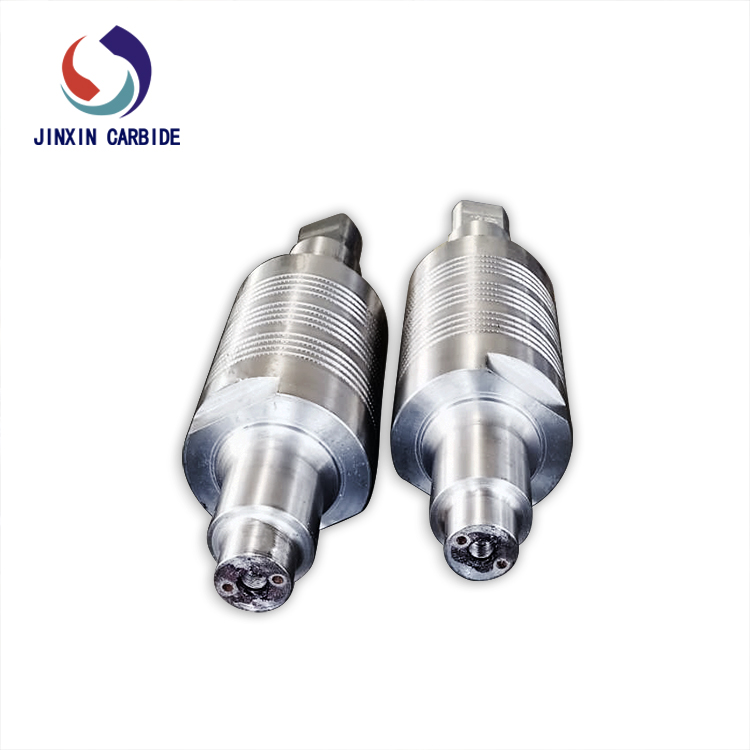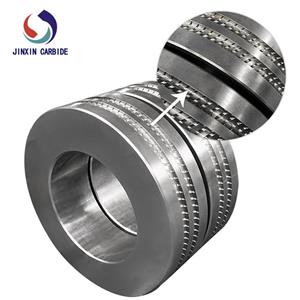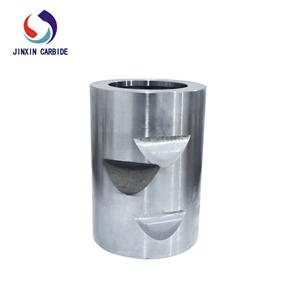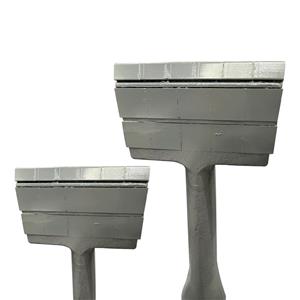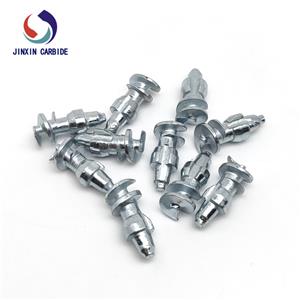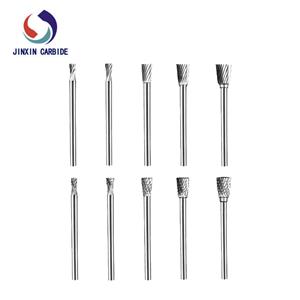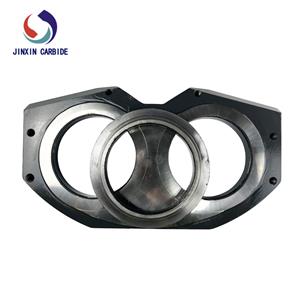How does the tungsten carbide roll work?
Tungsten Carbide Rolls are usually composed of a working layer (roll surface) and a support layer (roll core or substrate). The working layer is made of tungsten carbide (e.g. YG6, YG8, YG15), which is used to directly contact the metal material and apply pressure; the support layer (core or matrix) can be made of alloy steel or other metal materials, which is used to bear rolling loads and transmit torque.
As the rolls rotate, the metal material is extruded and deformed through the gap between two or more rolls. This extrusion process causes the metal to be “flattened and stretched” like playdough, making it thinner and longer.
The gap between the rolls is smaller than the original thickness of the metal, so the metal will gradually become the shape and size we want after repeated extrusion.
Generally speaking, cold rolling is suitable for processing at room temperature, which can make the surface of the product smoother and the size more accurate; while hot rolling is carried out at high temperature, which is suitable for pressing the material thinner at one time, and can also remove the impurities on the surface.
